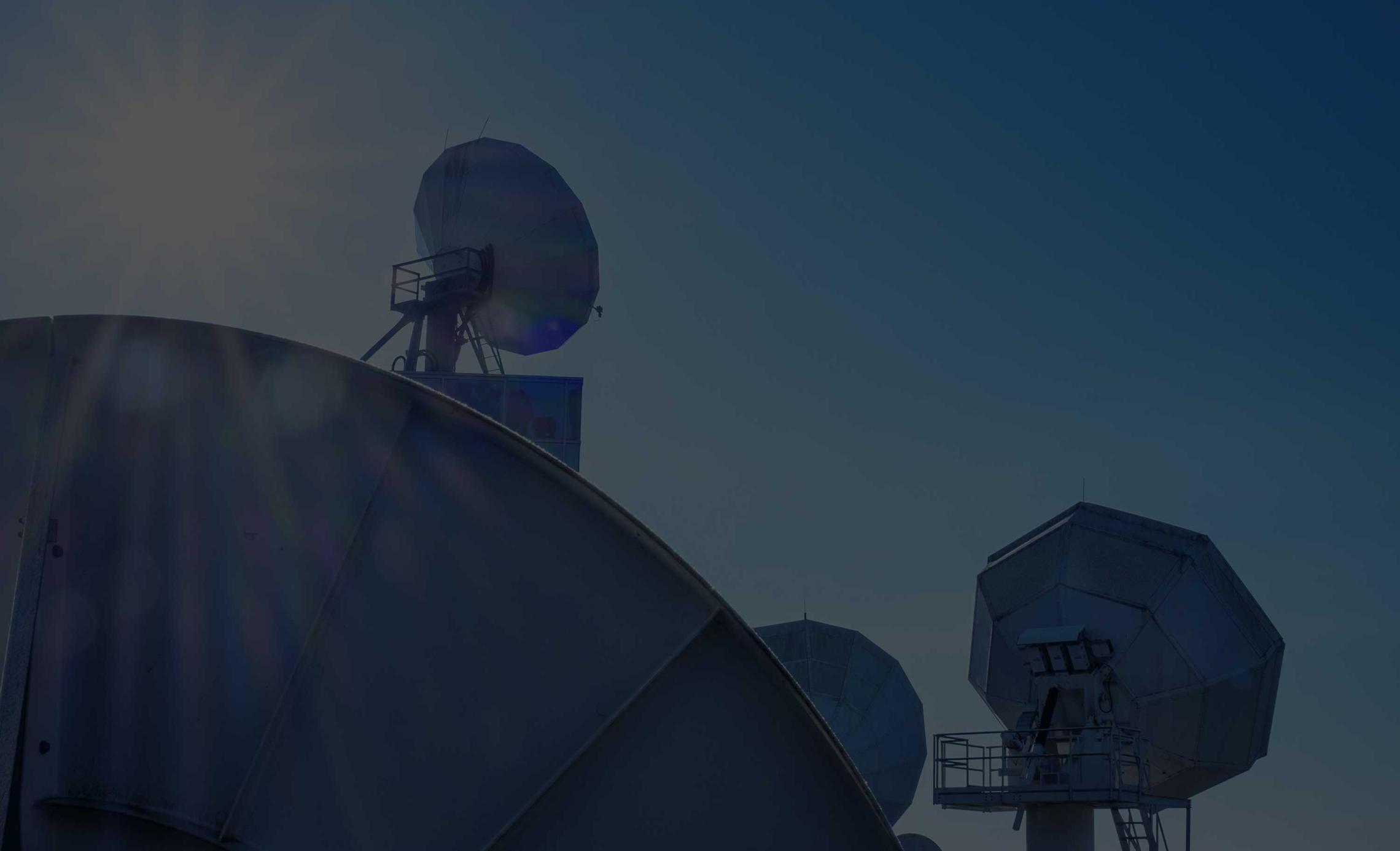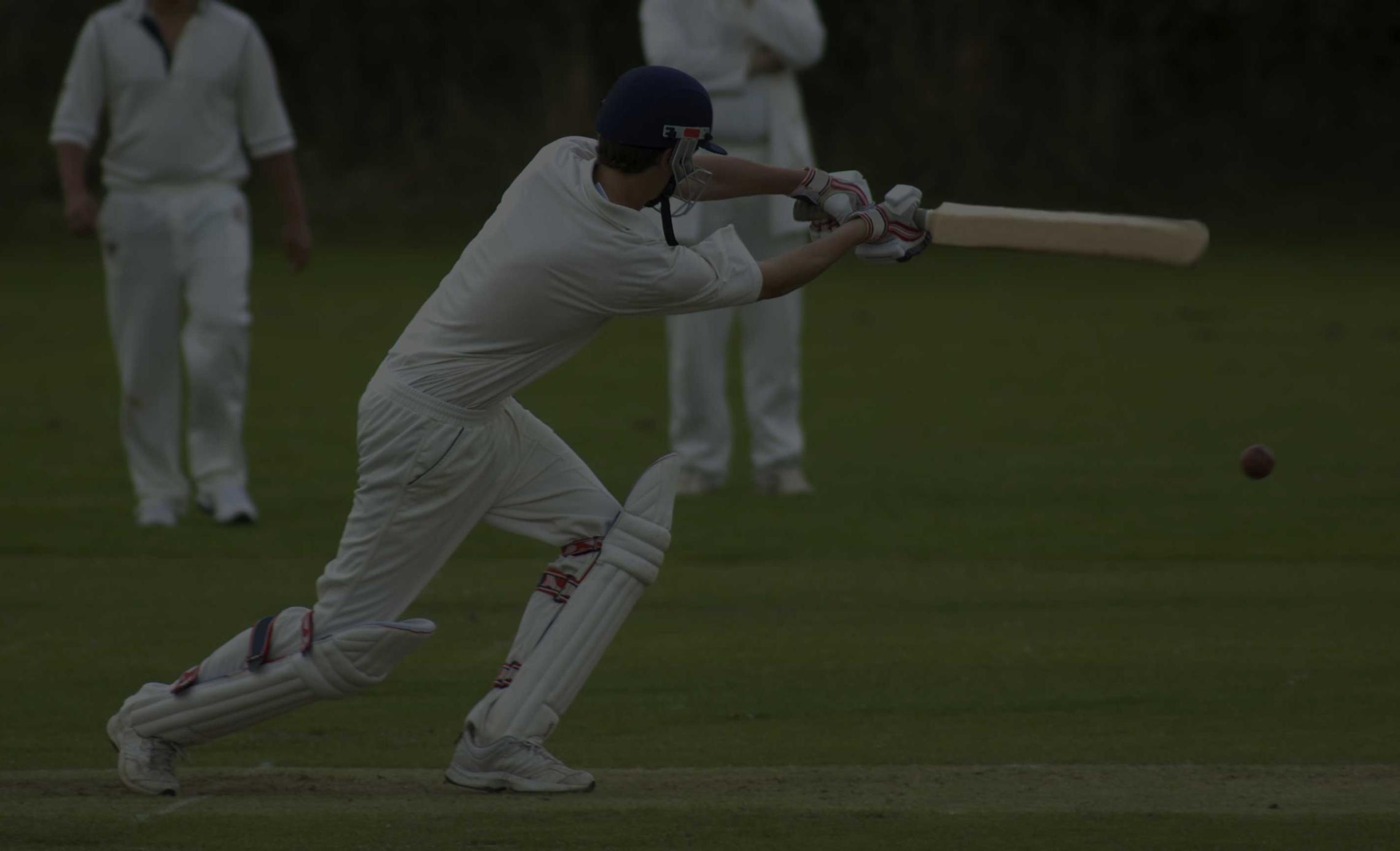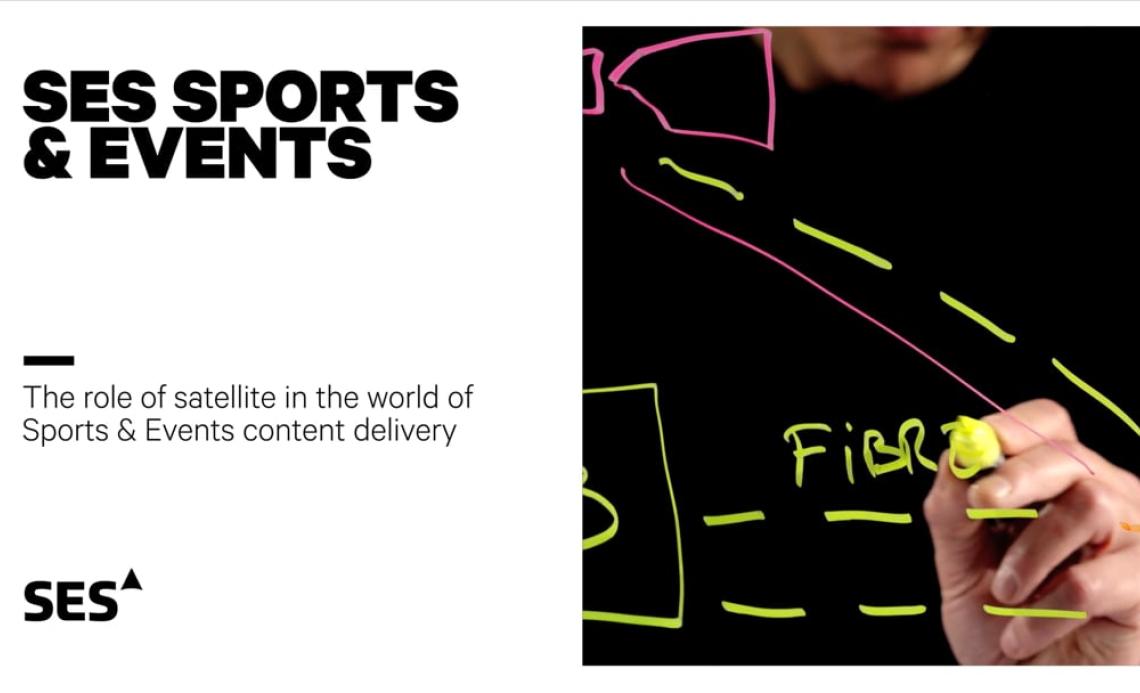
The Evolution of Sports Broadcasting
Sports rights holders, content owners and broadcasters must be as nimble as athletes as they chase viewers from screen to screen.
Watching sports is no longer a couch-based activity. Mobile streaming means we can catch competitions live on our morning commute or prop up a tablet on our desk to follow a day’s cricket.
We are no longer loyal to the large family TV screen, the apex of home viewing. We keep half an eye on the television while checking for a stat or replay on our mobiles.
Discover how satellite companies are helping sports media keep up with these changing habits.

What does sports broadcast look like in 2025?
Sports broadcasting used to be a journey from venue to satellite, satellite to broadcaster, and then broadcaster to television by satellite, terrestrial or cable.
Today, things are much more complex. Sports organisations must distribute live content, highlights, and pre-event analysis to multiple devices. A 90-minute football game has become a possible three-hour broadcast window.
Satellite operators are helping broadcasters to deliver this with end-to-end processes, including project management, production, aggregation, and distribution to TV platforms and any devices.
The evolution of sports distribution
Sports broadcasting used to be a journey from venue to satellite, satellite to broadcaster, and then broadcaster to television by satellite, terrestrial or cable.
Today, things are much more complex. Sports organisations must distribute live content, highlights, and pre-event analysis to multiple devices. A 90-minute football game has become a possible three-hour broadcast window.
Satellite operators are helping broadcasters to deliver this with end-to-end processes, including project management, production, aggregation, and distribution to TV platforms and any devices.


Why satellite remains the fan favourite
Sports broadcast is its own game, and the stakes are high.
Fans won’t forgive buffering or the slightest second’s delay, and live access is a must, no matter where they are in the world.
Only satellite can deliver reliable, high-quality, high-definition, real-time sports events to the most passionate viewers on the globe.

Satellite and streaming join the same team
As technology continues to advance, the integration of satellite and streaming services will provide unparalleled access, quality, and real-time coverage for sports fans worldwide.
Satellite operators, such as SES, have collaborated to develop international standards that will soon enable the delivery of both formats over a single infrastructure.
The future of sports broadcasting lies in this hybrid approach, ensuring that broadcasters can reach viewers anytime, anywhere, and on any device.

